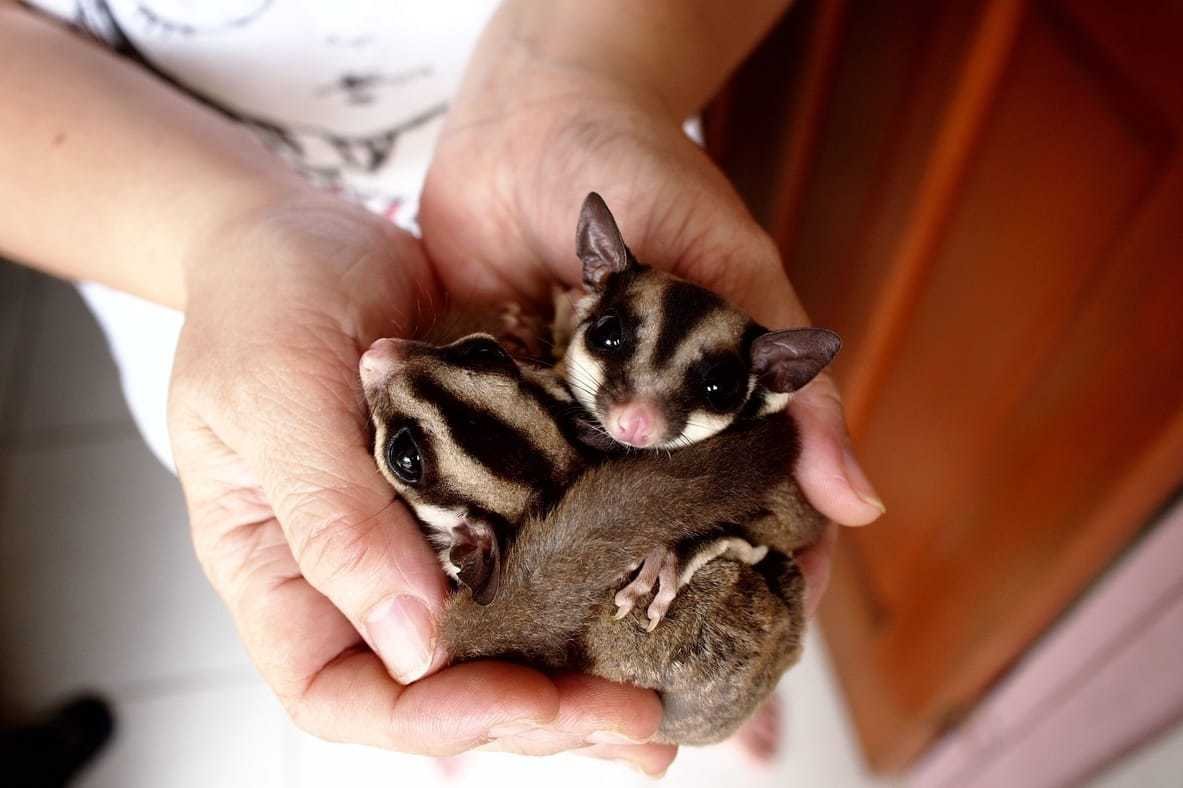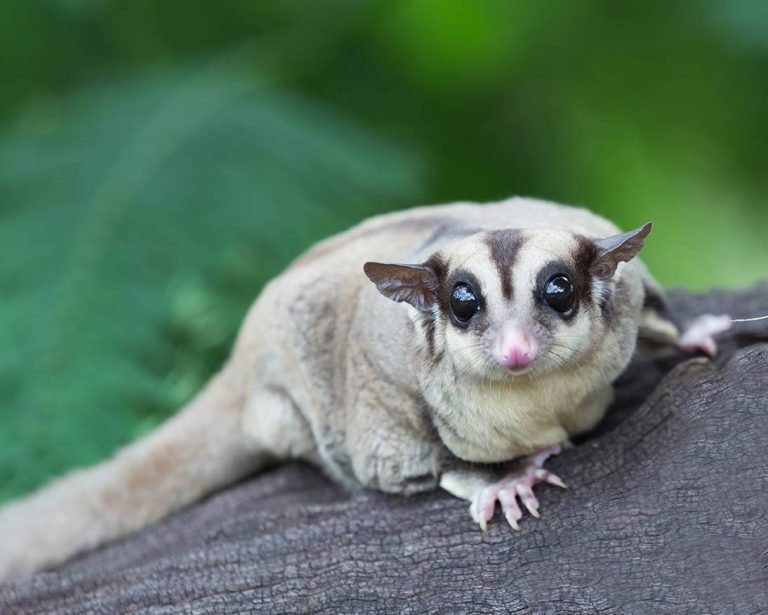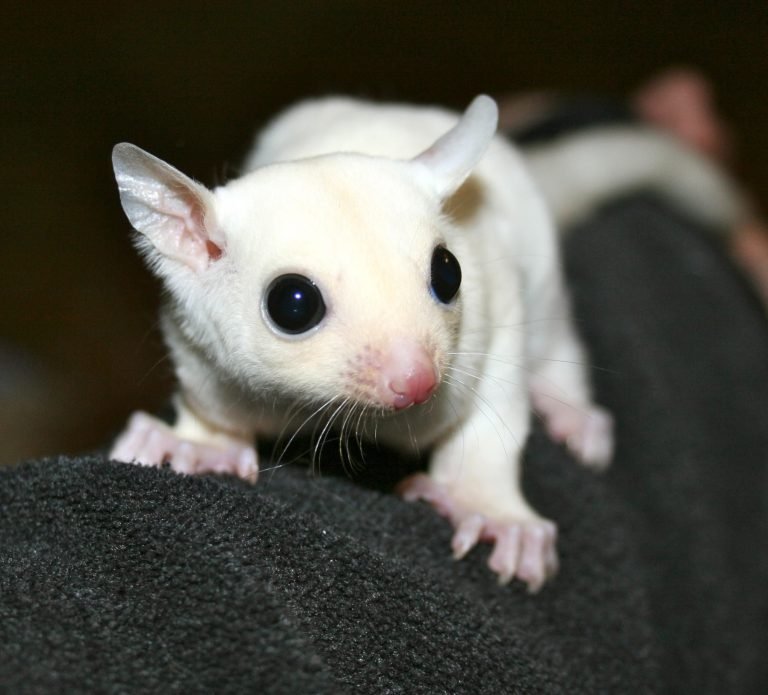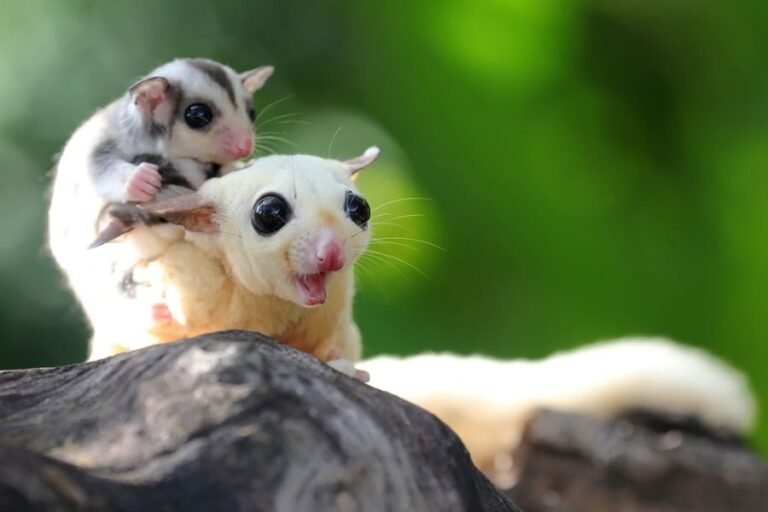How Often Do Sugar Gliders Breed
Sugar gliders are fascinating creatures that are native to Australia, Indonesia, and New Guinea. These small, nocturnal marsupials are known for their lively nature, gliding abilities, and adorable appearance. If you are considering getting sugar gliders as pets, you may wonder how often they breed. In this article, we will explore the breeding habits of sugar gliders in detail.
Before we delve into the frequency of sugar glider breeding, let’s answer the burning question most people have:
How often do sugar gliders breed?
Sugar gliders typically breed once or twice a year, depending on various factors. These factors include the gliders’ age, health, diet, environmental conditions, and availability of mating partners. Breeding seasons for sugar gliders are influenced by changes in temperature and the availability of food.

Factors influencing sugar glider breeding frequency
1. Age
Sugar gliders reach sexual maturity at around 8 to 12 months of age. However, it is generally recommended to wait until they are at least 18 months old before allowing them to breed for the first time. This allows them to fully develop and ensures a healthier outcome for both the parents and the potential offspring.
2. Health and diet
Healthy sugar gliders are more likely to breed successfully and produce healthier offspring. Proper nutrition, including a balanced diet of fresh fruits, vegetables, proteins, and a specialized sugar glider pellet feed, is crucial for maintaining their overall health and reproductive capabilities.
3. Environmental conditions
Sugar gliders are responsive to changes in their surrounding environment. These changes, such as variations in temperature, light, and food availability, can affect their breeding patterns. In their natural habitats, sugar gliders are more likely to breed during the warmer months when food sources are abundant.
4. Mating partners
The presence of suitable mating partners also plays a role in sugar glider breeding frequency. If you have a breeding pair, they can potentially reproduce once or twice a year. However, if you do not have both male and female gliders, or if they are not interested in mating, breeding will not occur.
Signs of sugar glider breeding
1. Scent marking
Male sugar gliders often exhibit scent marking behaviors when they are ready to breed. This involves spreading their scent on various objects and surfaces to attract females. Scent marking is done by rubbing their chest gland against these surfaces, leaving behind a unique odor.
2. Vocalizations
Mating calls are distinct vocalizations made by sugar gliders when they are looking for a mate. These calls can vary in intensity and duration. If you notice your sugar glider making new and unusual sounds, it may be a sign that they are in breeding mode.
3. Increased activity levels
Female sugar gliders become more active and restless when they are in estrus or receptive to mating. They may be observed gliding more frequently, exploring their enclosure, or exhibiting hyperactive behavior. This is their way of attracting males and signaling their readiness to breed.
4. Bonding behavior
When a mating pair is formed, the male and female sugar gliders engage in bonding behaviors such as grooming each other, cuddling, and spending more time together. These behaviors help create a stronger bond between the potential parents and increase the chances of successful breeding.
Frequently Asked Questions
Q: How many babies do sugar gliders have?
A: Sugar gliders usually give birth to one to two joeys (baby sugar gliders) per breeding cycle. The joeys are born after a gestation period of around 15 to 17 days and complete their development in their mother’s pouch.
Q: How long do sugar gliders carry their young?
A: Sugar glider joeys are carried in their mother’s pouch for approximately 60 to 70 days. During this time, they continue to develop and grow until they are ready to emerge and explore the world around them.
Q: Can sugar gliders breed continuously?
A: No, sugar gliders cannot continuously breed throughout the year. They have specific breeding seasons and need time to rest and recover between each reproductive cycle.
Q: Do sugar gliders exhibit monogamous behavior?
A: Sugar gliders are generally considered to be socially monogamous, meaning they form pair bonds with a single mate. However, they may engage in extra-pair copulations with other gliders outside their primary pair bond.
Q: Should I breed sugar gliders at home?
A: Breeding sugar gliders requires a thorough understanding of their needs, behavior, and care. It is recommended to seek advice from experienced breeders or consult with a veterinarian specializing in exotic animals before considering breeding sugar gliders at home.
Final Thoughts
Understanding the breeding habits of sugar gliders is important for both breeders and pet owners. It allows us to provide the best care for these unique creatures and ensure the well-being of both the parents and offspring. Remember, responsible breeding practices prioritize the health and happiness of sugar gliders above all else.
If you decide to embark on the journey of breeding sugar gliders, be prepared for the commitment it requires. It is crucial to provide a suitable environment, a well-balanced diet, and regular veterinary care to support the breeding pair and their young.







